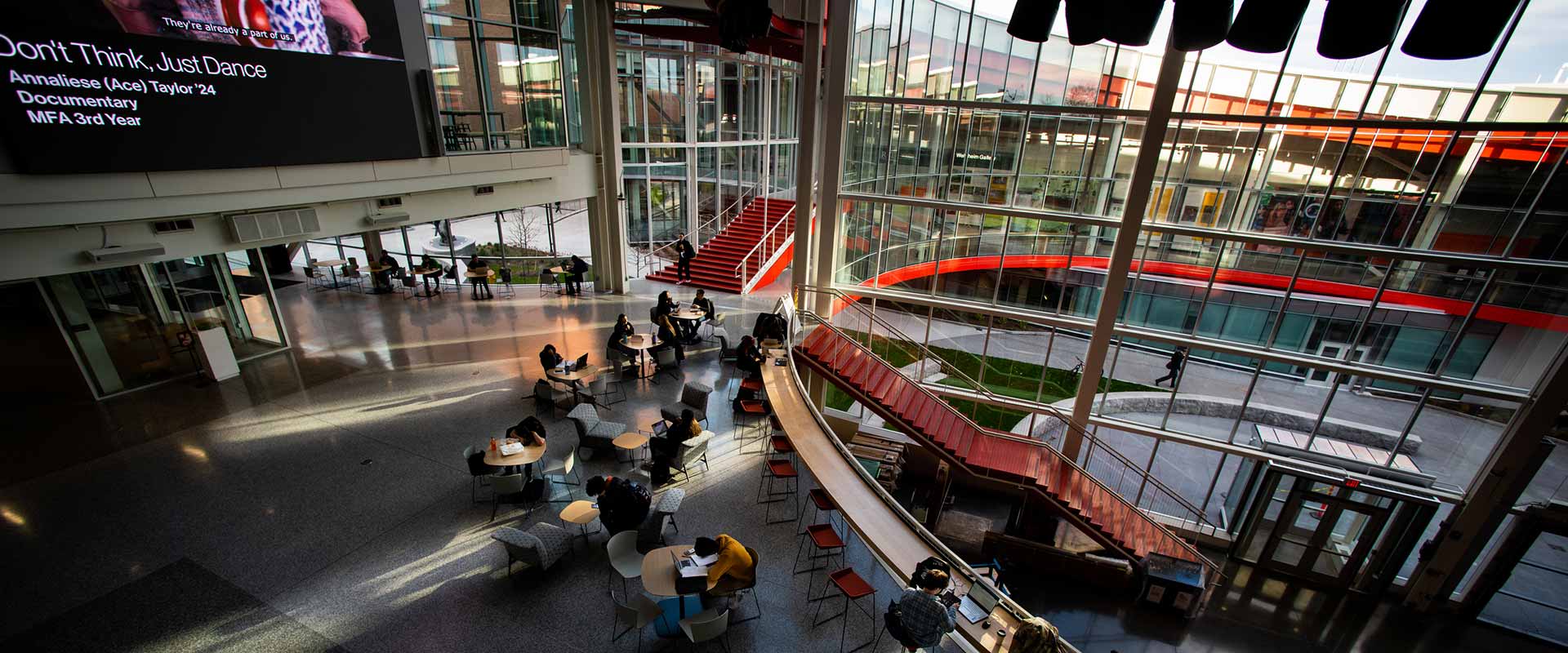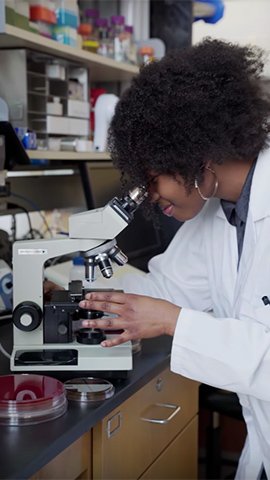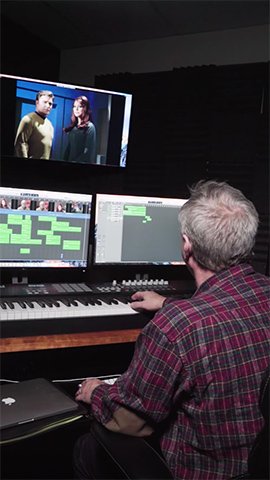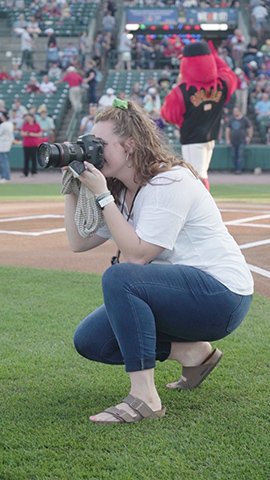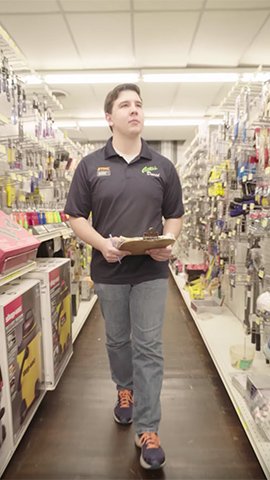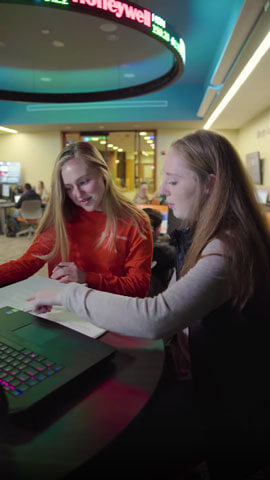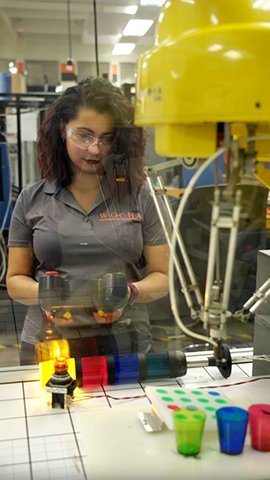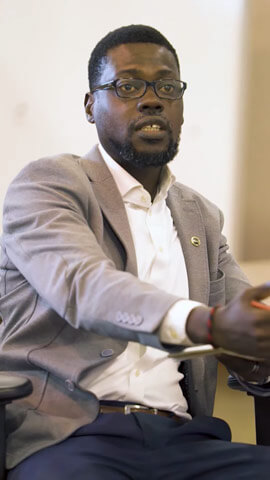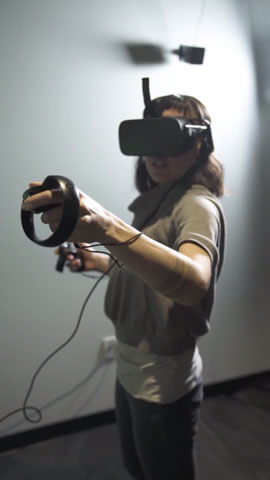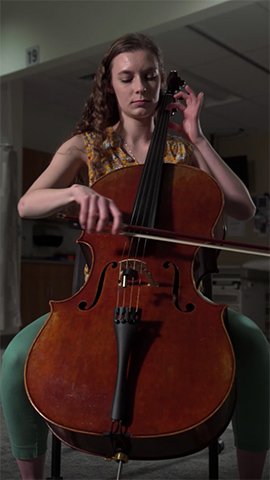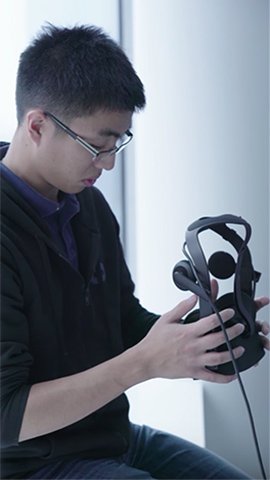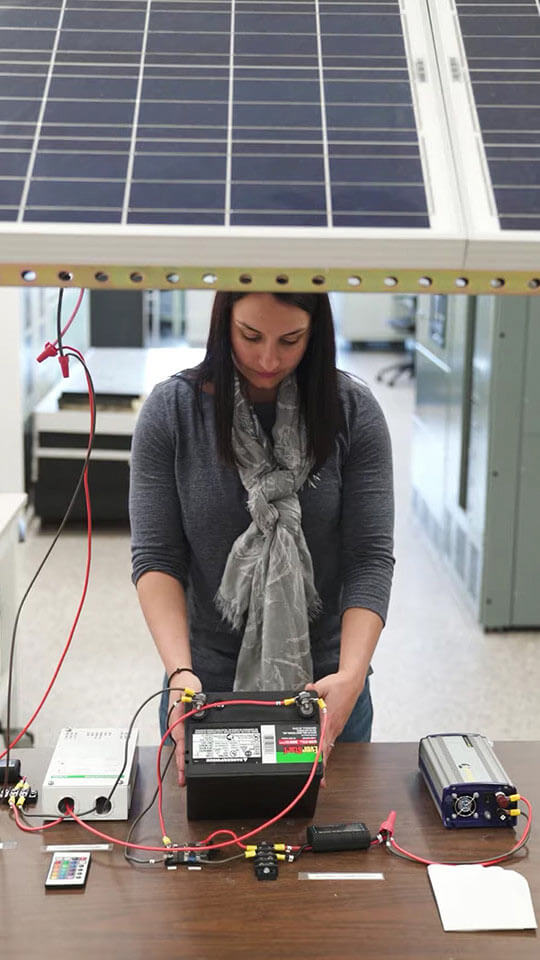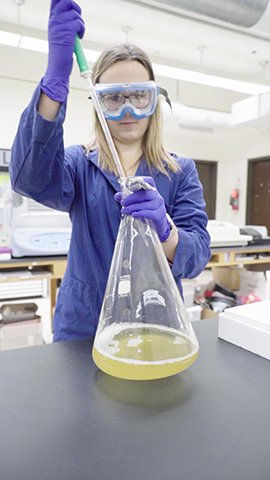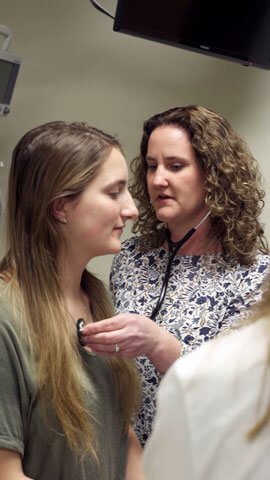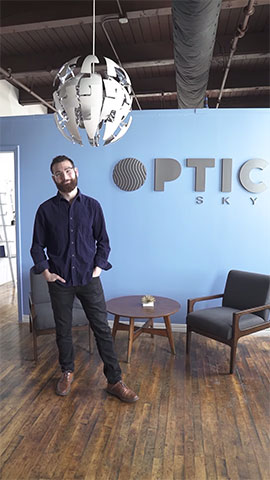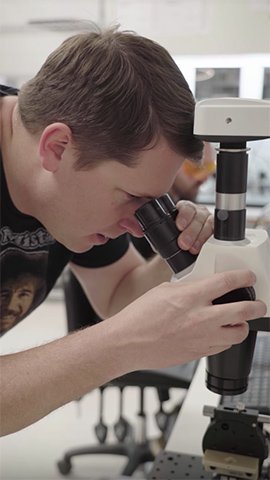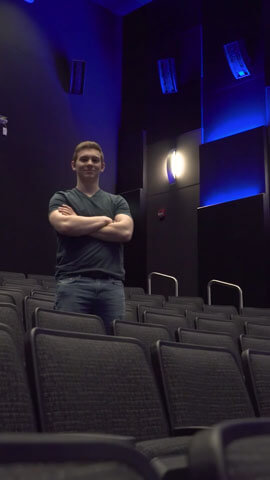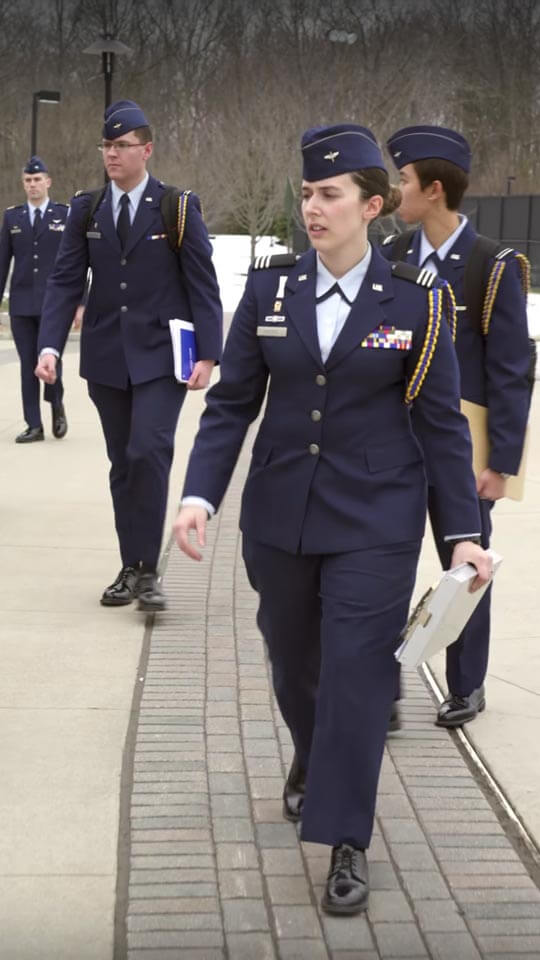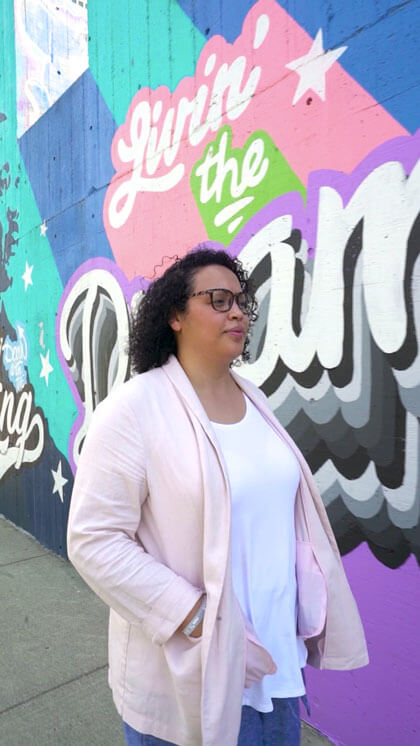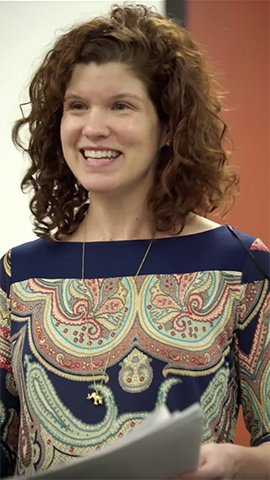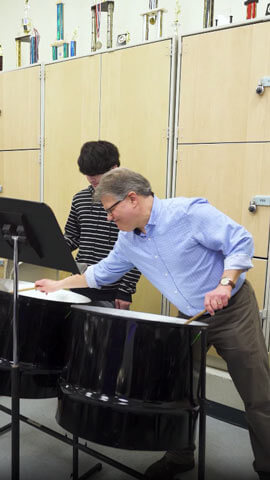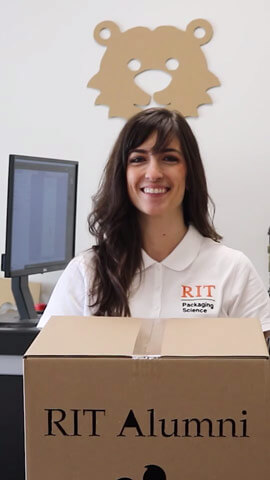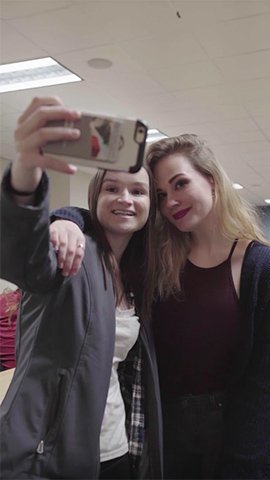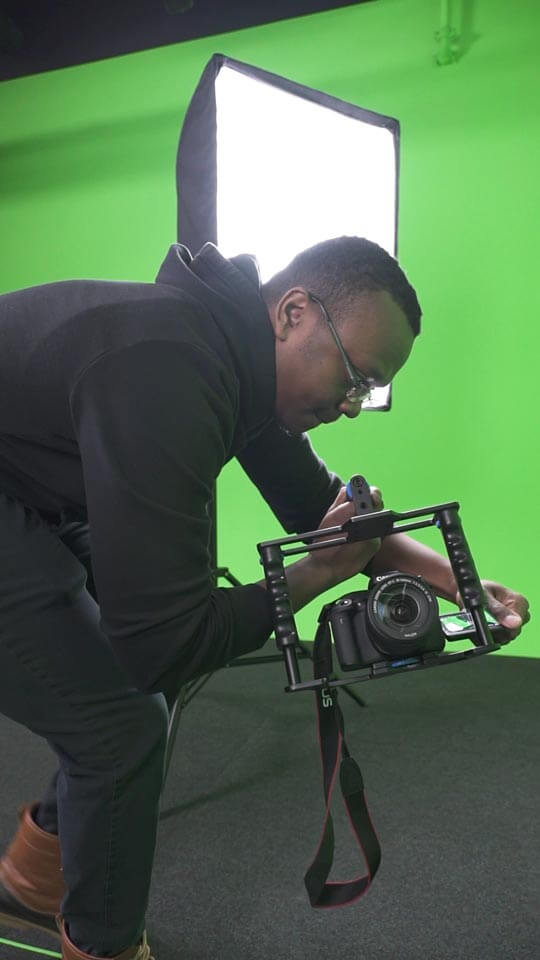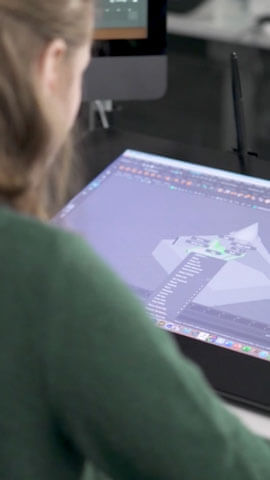Home Page
- RIT/
- Office of the Provost
In addition to academic planning and curriculum development, the provost champions continued excellence in student-centered learning, teaching, research, and scholarship.
4
Global Campus Locations
In addition to Rochester, N.Y., RIT has campuses in Croatia, Dubai, and Kosovo.
95%
Outcome Rate
For each of the past three years, 95 percent of RIT graduates enter either the workforce or graduate study within six months of graduation
43rd
“Best Value Schools”
U.S. News & World Report, 2026
100
Countries
Students from all 50 states and more than 100 countries attend RIT.
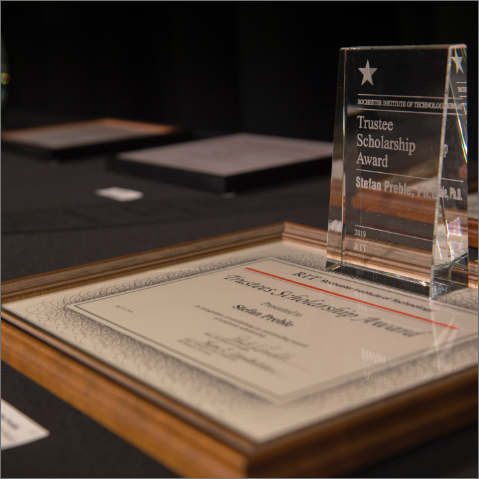
Celebration of Teaching and Scholarship
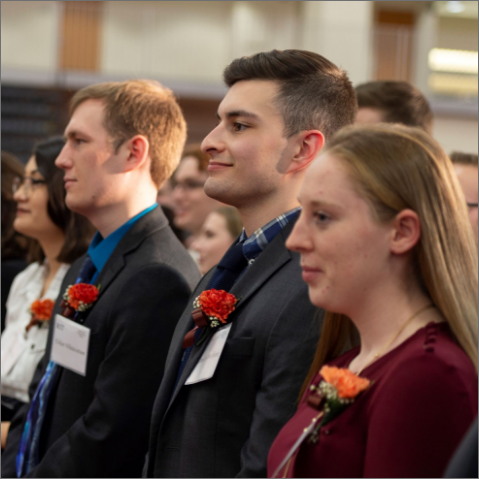
Outstanding Undergraduate Scholar Awards
Academic Affairs News
-
December 19, 2025

University launches multidisciplinary training program to strengthen the U.S. semiconductor workforce
RIT has launched CMOS+X, a National Science Foundation Research Traineeship program that prepares future STEM leaders with professional skills training, including interdisciplinary collaboration, scientific writing, strategic communication, and project management skills.
-
December 15, 2025

Top stories that shaped RIT in 2025
As 2025 comes to a close, we’re reflecting on a year filled with milestones, innovation, and inspiring stories from across the RIT community.
-
December 11, 2025

15 Top Colleges For Launching Your Career
Forbes Magazine includes RIT in its list of 15 Top Colleges For Launching Your Career, citing co-op opportunities and new economy majors as deciding factors.
-
December 9, 2025

Industrial design students impress clients through a semester-long collaboration
Giving students an authentic working experience is the goal of Metaproject, an annual design initiative that pairs students with industry partners to develop product concepts. This year's partner is led by two university alumni.
Faces of RIT
-

Stepping Up
Ashley KosakMechanical EngineeringIt might be just a stool, but it represents more than reaching equipment in the Machine Shop. It’s a symbol of the heightened awareness and inclusivity of women in engineering at RIT. After graduation, Kosak wants to influence change by helping women pursue careers in engineering.
-
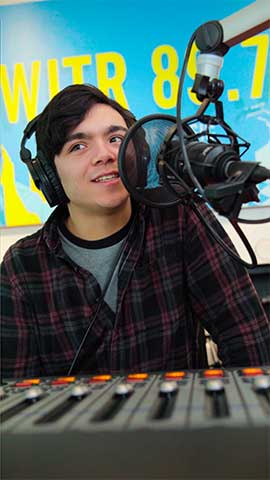
Streaming Worldwide
Nate BellaviaFilm and AnimationRIT’s student-run radio station broadcasts to the Rochester community and streams worldwide. Bellavia, WITR’s music director, appreciates that RIT has a place where people who love music can bond over their passion and share that connection over the airwaves.
-
-
-
-
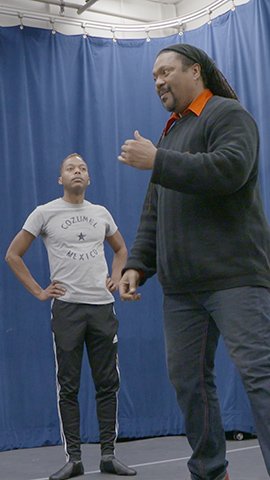
Visual Exploration
Fred Beam '85As outreach coordinator for Sunshine 2.0, a theater group at RIT's National Institute for the Deaf, Beam and his troupe provide performances and activities for deaf and hard-of-hearing children and adults that highlight the fields of deaf culture, literacy, and STEM.
-
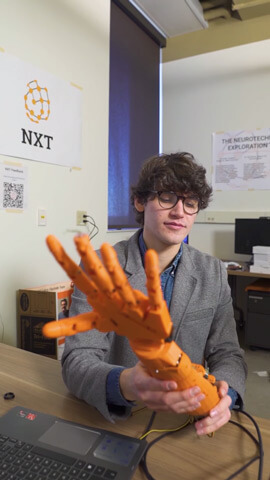
Advancing Neurotechnology
Harrison CanningInnovation Science in NeurotechnologyThe School of Individualized Studies enabled Canning to create a degree that combines studies in computer science, business, and neuroscience so he can build a business that can mass produce brain-computer interfaces to help people with disabilities.
-
-
-
-
-
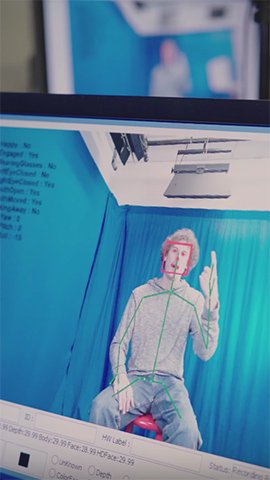
Improving Human-computer Interactions
Matt HuenerfauthProfessorImproving interactions with online platforms for those with disabilities is the ultimate goal behind Huenerfauth’s research. By training designers to create and develop more accessible websites and mobile networks, a wider audience can connect to and benefit from these technologies.
-
-

Connecting Kids to Science
Devon M ChristmanPhysicsOver the summer, Christman taught a workshop called “Experiments in Science” to a group of children from RIT’s Kids on Campus program. By helping to change their perspectives on who and what a scientist is, Christman is shaping the minds of tomorrow’s scientists.
-
-
-
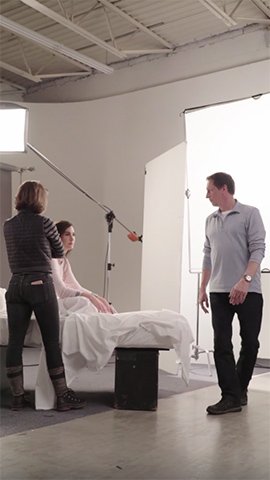
Learning to Learn
John Myers '83PhotographyFor Myers, who has traveled the world to photograph people and places, RIT was key to preparing him to adapt to an ever-changing industry. The skills he honed as a student – curiosity, responsibility, communication skills – have enhanced his decades-long career as a photographer.
-
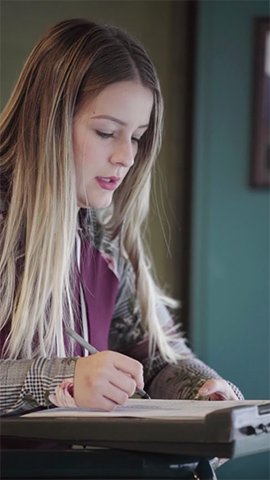
Beyond Human
Jessica WegmanPsychology MajorSeeing the world through the eyes of a different species is just one way we connect with the world around us. Through faculty-led research, Wegman is working to improve the quality of life for North American River Otters by studying their visual perception.
-
-
-

Innate Happiness
Amanda DeVito EMBA '19Vice President of Client Engagement, Butler/Till MediaHappiness of employees and driving business outcomes are DeVito's main focus at Butler Till Media and Communications. Knowing all the work and energy she puts into driving a client's business is satisfaction in itself.
-
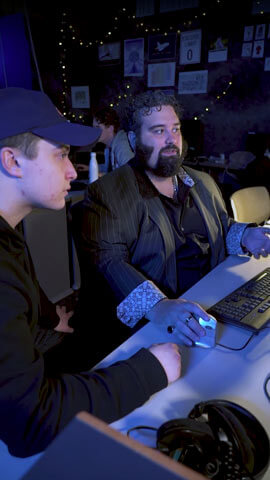
Creating a Balanced, Equal World
Remy DeCausemakerCommunications and Media TechnologyPublic PolicyOpen source software is integral to building a movement toward equality. For DeCausemaker, that meant creating a degree program in the School of Individualized Studies that targeted the specific areas of expertise he needed to craft the career path he wanted.
-
-
-
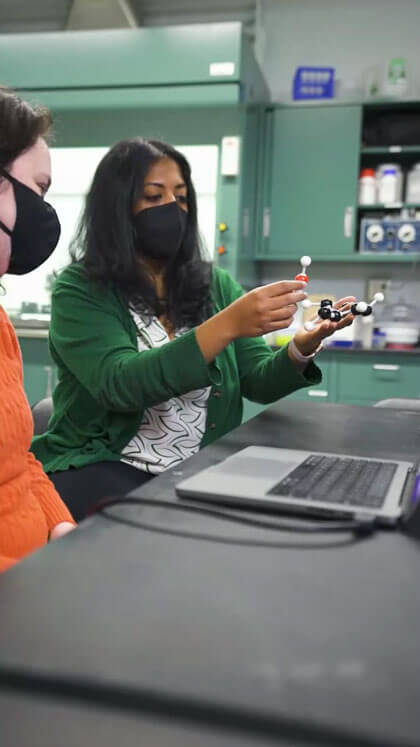
Engineering Better Solutions
Poornima PadmanabhanAssistant ProfessorProfessor Padmanabhan’s students engage in hands-on research experiences that help build a better future through the creation of advanced complex materials that can solve problems in solar energy, health care, agriculture, and more.
-
-
-
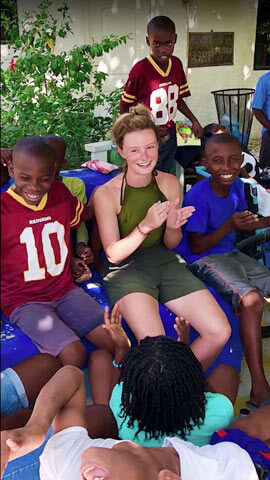
Making a Positive Impact
Katherine DuffySociology and International RelationsShe’s a professional ballet dancer and a humanitarian who spends her free time volunteering at a children’s home in Haiti. Duffy created a degree program in the School of Individualized Study so she can one day establish a non-profit of her own.
-
-
-
-
-
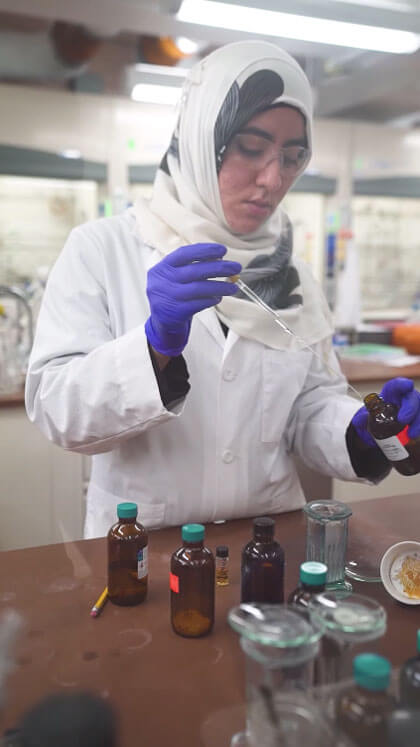
Where Science Meets Art
Zayneb JaffPre-health StudiesMetals and Jewelry DesignStudying health studies has helped Jaff develop her logic and analytical skills. Adding a dual major in metals and jewelry design will prepare her well for medical school, where today's doctors must be both knowledgeable and innovative in their approaches to patient care.
-
-
-
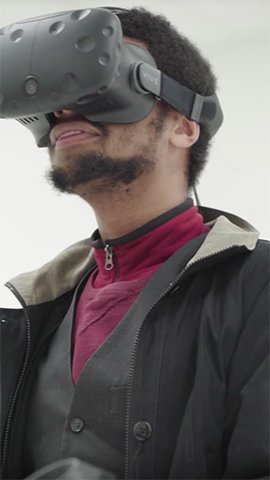
Merging Past and Present
Devin Klibanow3D Digital DesignRIT's Cary Graphics Art Collection allows students to view printing styles and graphic art from thousands of years ago. In order to preserve these artifacts, Klibanow is working with other students and faculty to create a virtual viewing experience.
-
-
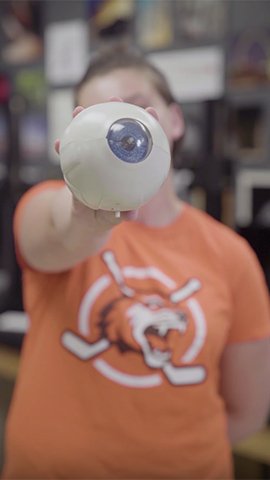
Eye on the Prize
Lily LautenschlagerBiomedical Photographic CommunicationsLautenschlager's passion for helping others drew her to a co-op opportunity in the medical science field. Through hands-on experience studying the eye, Lily has secured a part-time job while she continues her education at RIT.
-
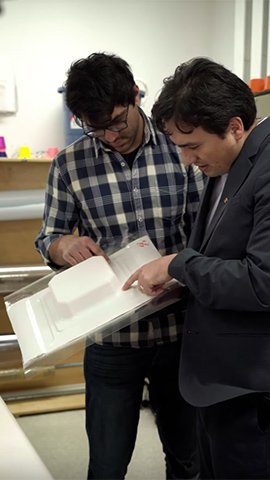
Biodegradable Packaging
Carlos Diaz AcostaAssociate ProfessorDiaz Acosta's research in sustainable packaging led his class to a biodegradable solution. Developing corn-based packaging is not only being used to counteract the amount of food waste going into landfills, but also making the world a more sustainable place.
-
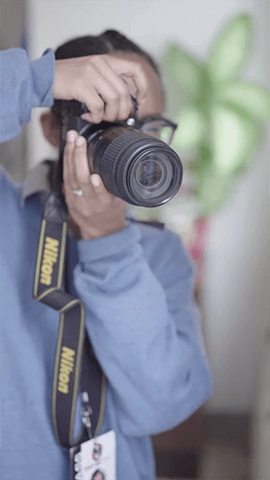
Giving a Voice to a Community
Tianna Manon '15CommunicationAs an alum of the journalism program, Manon has put into practice the storytelling platforms and opportunities She took advantage of at RIT. Today, Manon serves as editor-in-chief of Open Mic Rochester, an online magazine that gives a voice to Rochester’s black community.
-

Architecture Is Awesome
Blair BensonArchitecture M.Arch.When Blair changed careers she realized that it is never too late to pursue your passion. Now she embraces the collaborative nature of the design process, combining functionality, aesthetic appeal, and responsible practices in her architectural work.
-
-
-
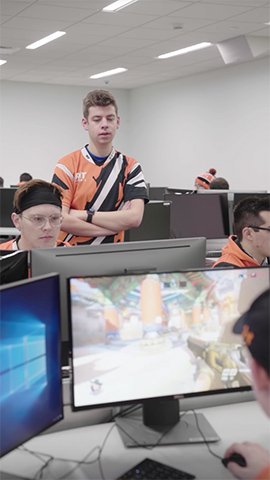
Online Face-Off
Evan HirshComputer ScienceTrading gloves and helmets for a monitor and a mouse has ushered in a new era in sports: competitive, organized gaming. By mirroring professional eSports, the RIT eSports team pursues competitive gaming at the highest possible level, rivaling the excitement of traditional sports teams.
-
-
-
-
-

Relationships Are Key to Success
Jess Sudol '06VP/Civil Dept. Manager - Passero AssociatesBuilding relationships and honing communication skills are crucial skills for success in any field. Passero Associates has recognized the collaborative nature of RIT students. They continue to hire RIT students and graduates for their dynamic interpersonal skills as well as their knowledge.
-
-
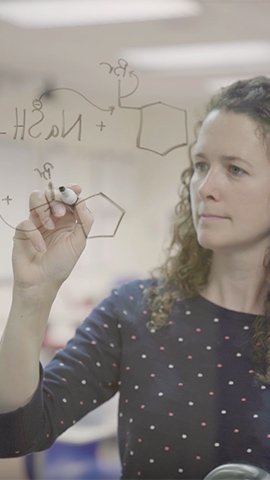
Expanding ASL
Tina Goudreau CollisonProfessor of ChemistryA complicated vocabulary and a lack of dedicated signs in American Sign Language makes Organic Chemistry a challenge for deaf and hard of hearing students. Collison worked with interpreters to develop new ASL signs, leading to profound learning improvements for her students.



